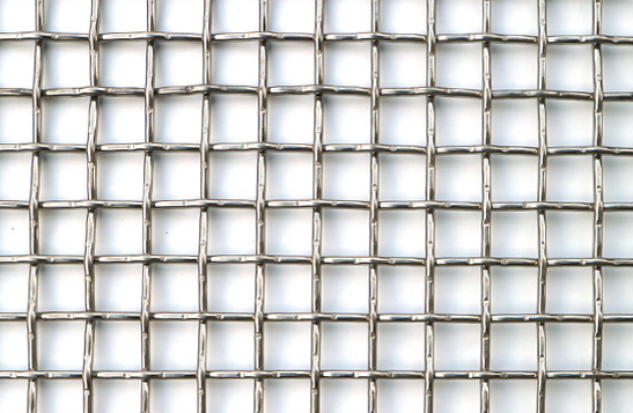Stainless Steel Bar Grating A Comprehensive Overview
Stainless steel bar grating is a crucial material used across various industries due to its unique properties, durability, and aesthetic appeal. Grating refers to a framework consisting of a series of parallel bars or supports, often used to cover spaces, create walkways, and provide safety in industrial applications. This article delves into the significance of stainless steel bar grating, its advantages, applications, and maintenance.
Properties and Advantages
One of the most notable properties of stainless steel bar grating is its corrosion resistance. Stainless steel contains chromium, which forms a protective layer on its surface, shielding it from rust and other forms of deterioration. This makes stainless steel bar grating particularly valuable in environments exposed to moisture, chemicals, and harsh weather conditions. Moreover, its high strength-to-weight ratio allows for effective load-bearing while remaining lightweight, making installation and transportation easier.
The aesthetic qualities of stainless steel also contribute to its popularity. The material has a sleek, modern appearance that enhances the visual appeal of any project. Accordingly, stainless steel bar grating is often used in architectural applications where aesthetics are as important as performance.
Applications
Stainless steel bar grating is versatile and can be found in a wide range of applications. In industrial settings, it is commonly used for flooring in manufacturing plants, chemical processing facilities, and wastewater treatment plants. The spacing between the bars allows for the easy passage of light, air, and water while providing excellent slip resistance, which is crucial for safety.
stainless steel bar grating

In commercial environments, stainless steel bar grating is utilized in pedestrian walkways, stairs, and platforms. Its durability and corrosion resistance make it an ideal material for outdoor applications, such as park walkways and rooftop gardens that require longevity and minimal maintenance.
Another noteworthy application is in the food and pharmaceutical industries, where hygiene is paramount. Stainless steel bar grating's resistance to contaminants and ease of cleaning makes it the material of choice for facilities that require strict hygiene standards.
Maintenance and Longevity
While stainless steel is known for its durability, proper maintenance is essential to preserve its appearance and functionality over time. Regular cleaning with mild detergents and water can help remove any accumulated dirt and grime. In environments with harsh chemicals or high exposure to saltwater, more frequent cleaning may be necessary to prevent any corrosive damage.
It is also advisable to periodically inspect the grating for signs of wear or damage. Although stainless steel is robust, ensuring that the grating remains structurally sound is vital for safety, especially in high-traffic areas.
Conclusion
Stainless steel bar grating is an indispensable material in a myriad of applications due to its unique combination of strength, durability, and aesthetic appeal. Its resistance to corrosion and ease of maintenance make it a preferred choice for both industrial and commercial use. As industries continue to prioritize safety and efficiency, the demand for reliable solutions like stainless steel bar grating will undoubtedly grow, making it a staple material for the future.
-
The Best Metal Mesh Solutions: Expanded Aluminum Metal vs. Expanded Stainless Steel Metal
NewsSep.10,2024
-
Round Perforated Sheets vs. Hexagonal Perforated Sheets vs. Embossed Perforated Sheet Metal
NewsSep.10,2024
-
Perforated Metal Sheets
NewsSep.10,2024
-
Experience The Excellence Of Stainless Steel Grating
NewsSep.10,2024
-
Discover the Versatility Of Metal Mesh Expanded Forming Machines
NewsSep.10,2024
-
Discover The Advantages Of Steel Grating For Sale
NewsSep.10,2024
Subscribe now!
Stay up to date with the latest on Fry Steeland industry news.

